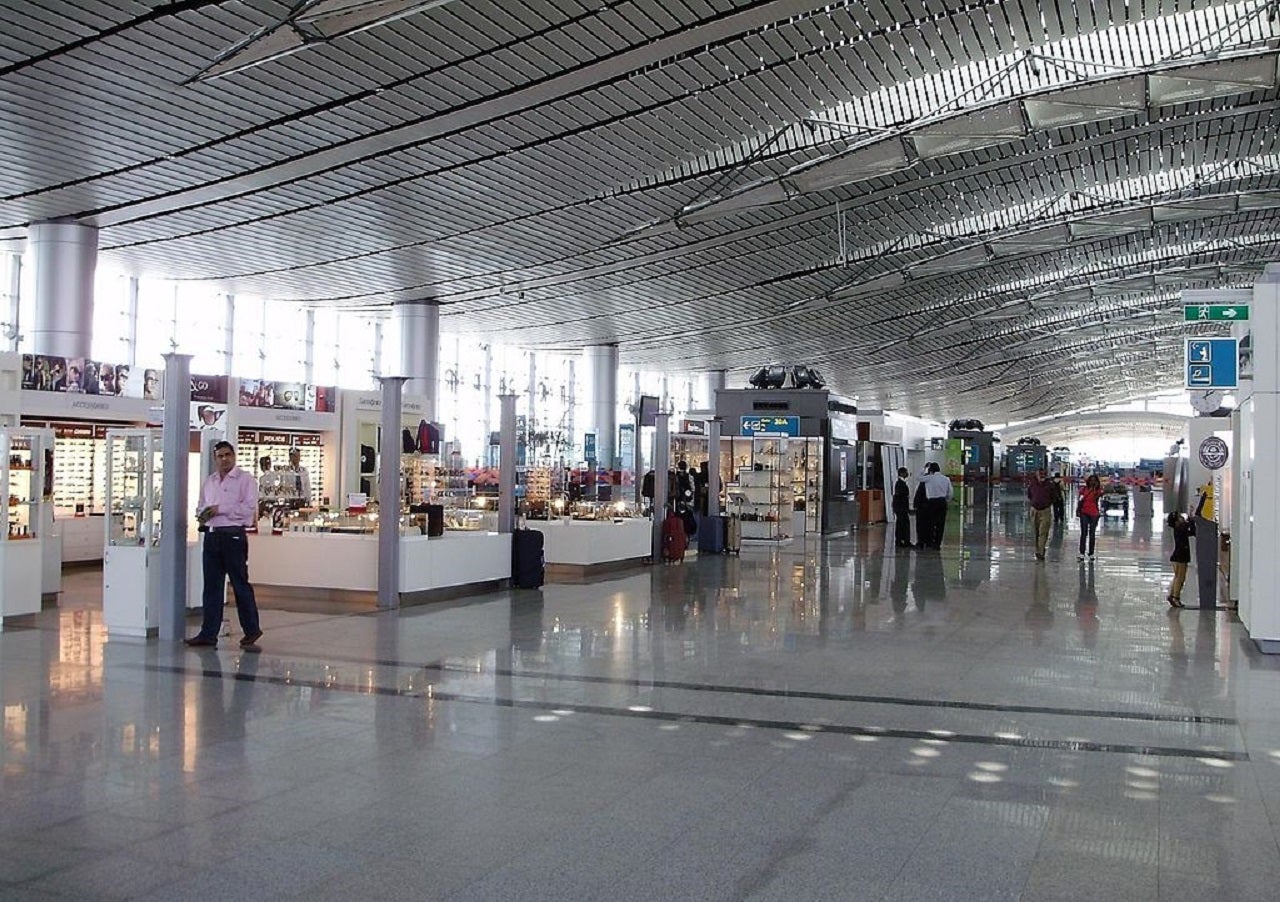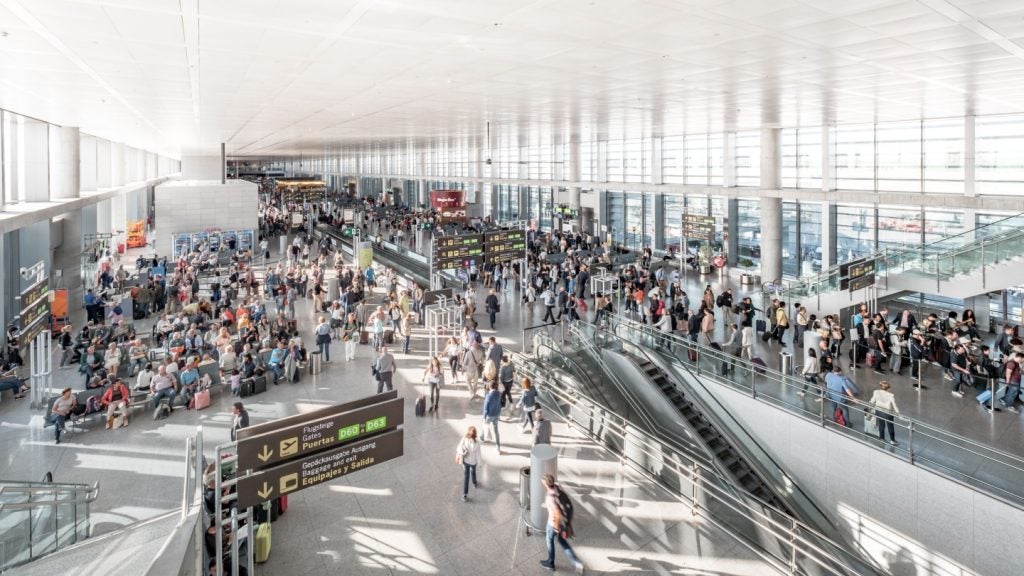
GMR Hyderabad International Airport (GHIAL), also known as Rajiv Gandhi International Airport, has introduced an Internet of Things (IoT)-enabled smart baggage trolley system for tracking and maintaining the availability of baggage trolleys in real-time across the airport.
The airport is claimed to have become India’s first airport to deploy this technology, which is in line with the Digital India Programme of the Government of India.
Under the Airport Baggage Trolley Project, the entire fleet of 3,000 baggage trolleys have been installed with the LoRa (Long Range) platform.
This technology will reduce passenger waiting times and ensure adequate availability of the trolleys in real-time. Furthermore, it is claimed to be compatible on desktop, mobile and laptop.
In a statement, GHIAL said: “Trolley management and replenishment will be based on the requirement at various areas across the airport, enhancing efficiency and passenger experience while making way for smooth operations as well.
“There are two critical zones where availability of trolleys for passengers is vital: Departures Ramp and Baggage Belts at the Arrivals.”
How well do you really know your competitors?
Access the most comprehensive Company Profiles on the market, powered by GlobalData. Save hours of research. Gain competitive edge.

Thank you!
Your download email will arrive shortly
Not ready to buy yet? Download a free sample
We are confident about the unique quality of our Company Profiles. However, we want you to make the most beneficial decision for your business, so we offer a free sample that you can download by submitting the below form
By GlobalDataTo ensure that passengers avail the trolleys at the right time and place, the technology helps the operations team track trolleys at different areas in the airport and plan their availability with the real-time dashboards.
According to the International Air Transport Association (IATA) guidelines, there should be at least 160 trolleys available for one million passengers at any airport.
An in-built alert mechanism in trolleys generates an alert when it moves into a ‘no-zone’ area. A message is generated that gives the location of the trolley so that necessary action can be taken by the operations team to get it back.
GMR Airports ED-South and chief innovation officer SGK Kishore said: “After the successful marquee projects like domestic and international E-boarding and face recognition trials, we are revolutionising the way baggage trolleys are managed with the adoption of IoT as a smart and intelligent solution to help enhance passenger experience and also enable smooth operations and inventory management.
“Smart Baggage Trolleys is one of the many initiatives as part of our digital excellence transformation and journey.”
In a separate development, Hindustan Aeronautics Ltd (HAL), an Indian state-owned aerospace and defence company, is planning to invest around $14m to create infrastructural facilities for dedicated immigration centres at the Nashik Airport (Ozar) in Maharashtra, India.
Bureau of Immigration (Bol), an Indian Government agency responsible for administering immigration, will handle the IT-related works while HAL will build the infrastructure.
HAL has a deadline of January 2020 to construct the infrastructure.





